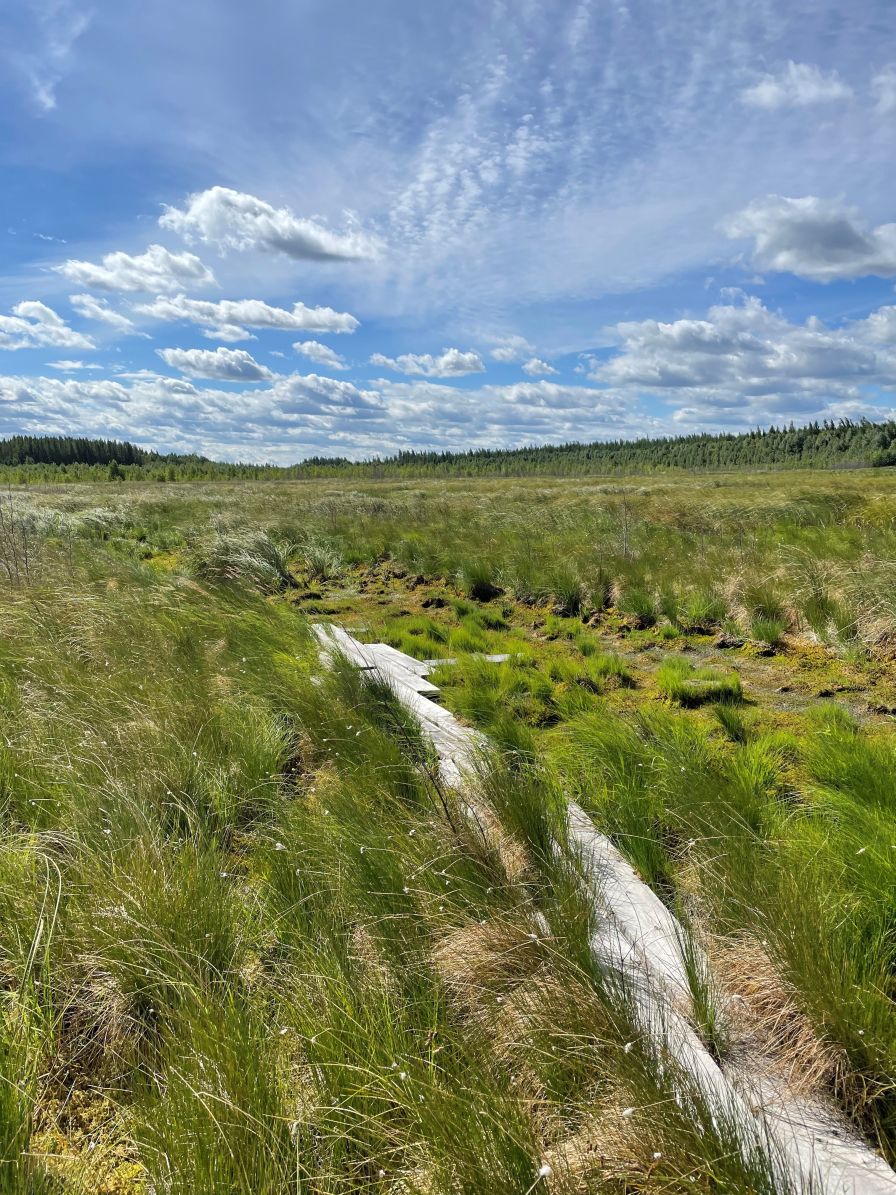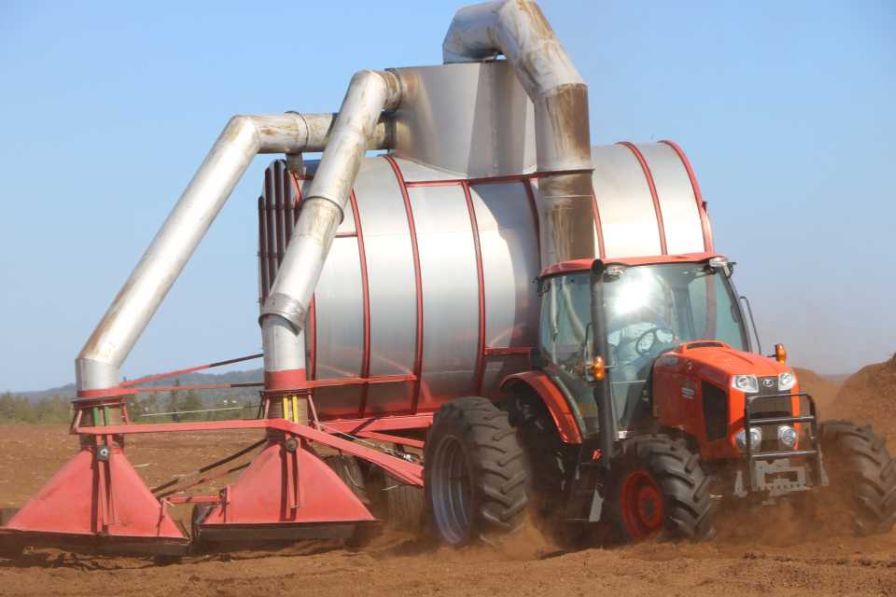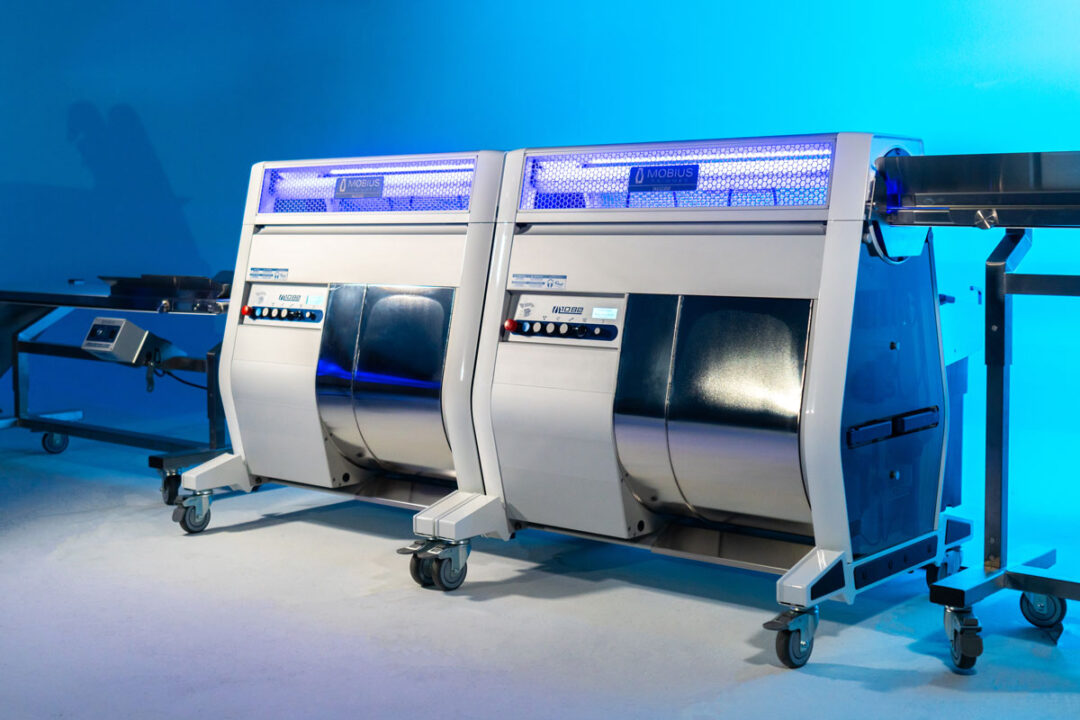Peat Moss Update From an Insider’s Perspective

This is a restored peatland in Seba Beach, Alberta, Canada. Photo: CSPMA
In various surveys that Greenhouse Grower conducts throughout the year, we ask growers to share their challenges. A common challenge this past year was input costs and instability in the supply chain for many products. Peat is an important input that many growers use, so we caught up with Asha Hingorani, President of the Canadian Sphagnum Peat Moss Association (CSPMA) to get her insights on the peat market.
CSPMA represents 14 producers across Canada, and many also have operations in the U.S. Hingorani says the North American peat industry led the initiative to responsibly extract peat and restore the peatlands. Approximately 80% of production is Veriflora certified, meaning they follow practices that demonstrate the industry’s commitment to sustainable development, including ecosystem protection, peatland restoration, social engagement, and product quality.
Hingorani says there are 114 million hectares of Canadian peatland, and over the industry’s 90-year history, 27,000 hectares have been cultivated, which equals 0.02%. About 400-450 million cubic feet of peat moss are extracted per year in Canada. She says 85% is shipped to the U.S. Seventy percent of Canadian peat moss is used by professional growers, and the remaining percent is used by consumers and gardeners. In the U.S., Hingorani says the peat industry is worth $18 billion per year.
Greenhouse Grower (GG): How does the peat supply look for 2023?
Hingorani: It’s important to understand that the supply of peat for 2023 is related to the production in 2022. It’s really important to understand that yearly extraction is conditioned by weather. In the past two seasons, we haven’t had the greatest weather conditions. It’s been really wet and rainy in eastern and western Canada. The provinces of Manitoba, Alberta, Saskatchewan, Quebec, Ontario, and New Brunswick are the main areas where the peat industry is focused.
GG: What advice do you have for growers?
Hingorani: When it’s a drier year, we’ll have a closer to normal level of harvest, and we’ll be able to extract peat as usual. If it’s a wet year, you’ll know supply may be limited in the following year because we don’t have many days to do the extraction. It’s like any farming sector. If the weather is wet, it limits production.
Also, one of the best pieces of advice is to ensure growers keep in touch with suppliers. If you keep that relationship going and ensure you have good connections with them, they will be able to provide more insight. Building those relationships is so important. In the agriculture industry, relationships are everything. If growers build relationships with peat suppliers, that could help in terms of getting an outlook on how the harvest is going.
GG: What regulations are in place for peat extraction?
Hingorani: It’s a provincially regulated industry and those regulations are very strict. For instance, it could take seven years to acquire a lease to open a bog for extraction. This is standard across all the provinces. Regulation is certainly a factor in terms of supply.
We can’t just go to the provincial regulator and say we’d like to lease land to start extracting peat. There’s a strong regulatory process. Part of that includes doing a species at-risk assessment. For instance, if there’s an area that we were interested in extracting peat, but it’s an area where there is protected caribou or moose, we would not be able to extract peat because we want to make sure that we’re not disturbing those at-risk species.
GG: How is demand for peat as the pandemic wanes?
Hingorani: During the pandemic, we saw a huge surge in demand. In fact, the Canadian government and provincial governments deemed the industry as essential. Everyone was home, and they wanted to get into gardening as a hobby. The industry has seen the demand rise over the last couple years. The industry is always looking to grow responsibly. But it’s important that we adhere to the strict regulations in place across Canada.

The Canadian Sphagnum Peat Moss Association represents 14 producers across Canada for peat moss cultivation. Photo: Janeen Wright
GG: What common misconceptions are there about peat?
Hingorani: North American growers must understand that the majority of horticultural peat in Canada is extracted responsibly. The Veriflora certification is a sustainable aspect of that. We have strict regulations around species at risk. We work with our local communities that we have businesses in.
Our restoration practices are world renowned. We’ve developed something called the moss layer transfer technique, which is also being used in many sectors in regards to restoration. The horticultural peat industry has been collaborating for decades with the science community. Since 1996, the industry has contributed to more than $20 million worth of research projects. The growers and people that use horticultural peat should understand that it’s a product they should be proud to use because it is a responsible product. Peat is a local source and the industry has put forward investments to ensure the resources are available for generations to come.
My hope is that people will see that peat can be part of the solution for a growing world. Through our reclamation practices and the benefits that our products deliver, the industry could be part of the solution to meet many of the sustainable development goals that have been identified by the United Nations, such as providing food security.
GG: Could peat be replaced with other growing media, such as wood fiber?
Hingorani: Peat is the growing media of choice with unmatched characteristics. Most alternatives are components of value but with limitations, including suitability for growing, availability, risk, cost, sustainability, and environmental footprint. There’s a lot of research going on right now to find that equivalent to peat. Growers are concerned about the supply, but there’s not any viable alternative to peat. However, peat can be used in a wise way to help other products meet the same needs. We call it the enabler. Peat can be an enabler to help other products meet plants’ needs. In terms of quality and consistency, peat has always proven to be the best constituent to use.









